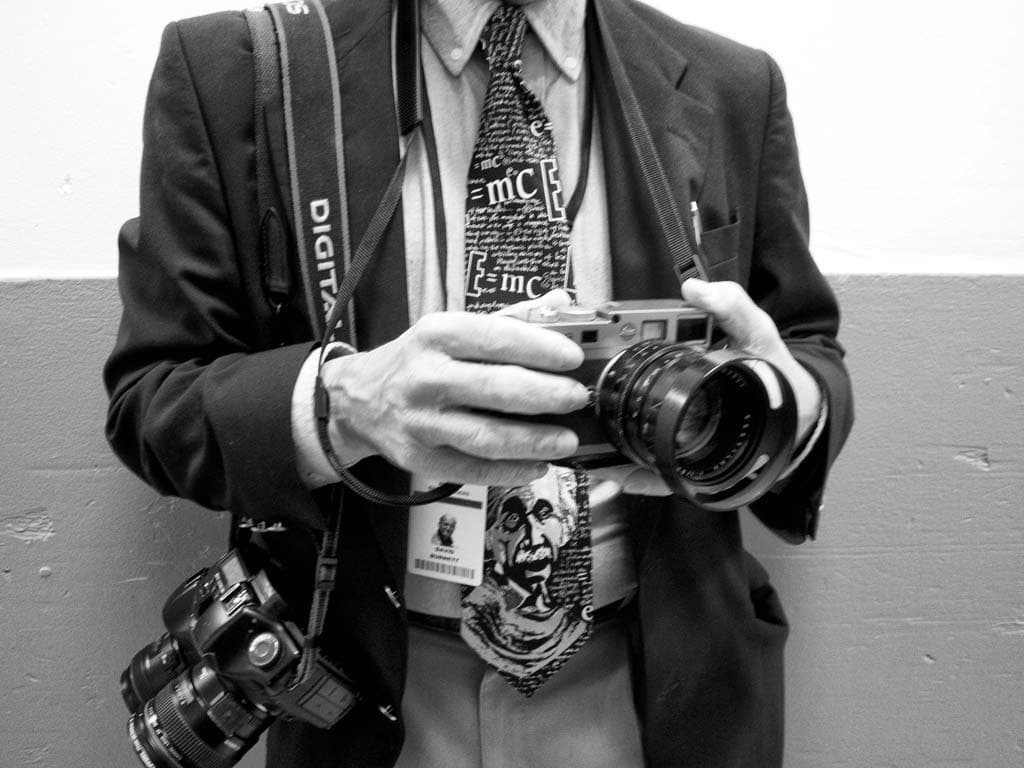Today, the profession of photojournalist may be threatened by technological transformation, the rise of video and media fragmentation, some critics question the credibility of the profession and photojournalists try to give a more accurate picture of the world as an outlet to their Unfortunately, photojournalists do not have a manual of what they can and cannot do , let alone the consequences of these actions, but there is an ethical consensus that photos should always tell the truth. The truth? If you are a journalism student, journalist or photojournalist, discover the advice we have prepared, based on studies by local critics, newspapers that understand the subject and highly respected photojournalists, this allows you to guarantee greater credibility as a photojournalist, especially in a moment. when is the biggest differential among professionals in the industry. 1?Changing photos is unethical, yes. But how far
Every good journalist knows that the photo itself is already a change of reality, because when you select the angle, frame and filters, you already make a cut of reality, the question is to know your limit as an opinion former. altered the photograph, added elements to the scene to make the photos more attractive or asked those involved to move, however, it may be necessary to modify specific points of the photo to increase the technical quality of the image. , but all answers come from the above values: turns and cuts are acceptable, retouching is limited to removing scratches and dust stains, and color settings should always be minimal.
- 2? What the world’s best-known newspapers say about the credibility of photojournalism Credibility is essential for news organizations and photojournalists.
- If the public does not believe in the authenticity of the image.
- The news will be broken.
- It will be incomplete.
- As a result.
- Consumers won’t.
- Buy broken products for a long time.
- And the credibility of the photojournalist is losing more and more space in the market.
- New York Times photos.
- For example.
- According to the editor.
- Images are meant to “describe reality and must be authentic in all respects.
- “The Washington Post.
- Another world-renowned newspaper.
- Expresses the mission of its photographers in similar terms: “Photography was considered a virtual recording of an event.
- Shouldn’t we ever betray that trust? The Associated Press states it this way: “Our images should always tell the truth.
- “.
Where we are
Ahora, periodistas y fotoperiodistas intentan responder preguntas sobre la credibilidad del fotoperiodismo que se multiplican antes de ser respondidas, como: ¿qué sucede cuando la tecnología hace que el cambio de imagen sea más fácil y mucho más difícil de detectar ?, ¿qué sucede cuando los camarógrafos de televisión, que nunca se han suscrito a las directrices de los periódicos, se dan a conocer en los medios de comunicación ¿Qué sucede cuando segmentos influyentes del público pierden la confianza en los conceptos time-out?
These are questions that begin to arise when one thinks of “real” photojournalism, when the pages of the book of rules of photojournalism begin to turn gray rather than black and white, and when the ground beneath the photographic news begins to become slippery. Howard Chapnick, a photographer at the Black Star agency, for more than 25 years before his death in 1996, declared the following photojournalism: Credibility. Responsibility, These words give us the right to call photography a profession rather than a business. Not maintaining this credibility will diminish the journalistic impact and, of course, the self-esteem of professionals. It is the importance of photography as communication to enhance credibility and fight tirelessly for it.
What can I do to contribute to the credibility of photojournalism?
01- To contribute to the credibility of photojournalism, start using image manipulation detection programs: in recent years, new technologies can help news agencies and photojournalists identify image counterfeits, find them, and do your part.
02? It covers freelancers and citizen journalists with the same standards as professional photographers: the citizen photojournalist is one of the challenges facing the photojournalism community, however, the fact that he is not a professional does not mean that unethical, altered or manipulated images can be accepted. , covers the integrity of the image, of anyone.
03? Start by yourself: the best way to gain credibility in photojournalism is to start being ethical in your own photos, whether you’re a photojournalist or a newspaper/agency director.
Now that you know a little more about the challenges, doubts and possible solutions for photojournalism, don’t stop there!Follow our blog and learn the best techniques to take more and more amazing photos.

